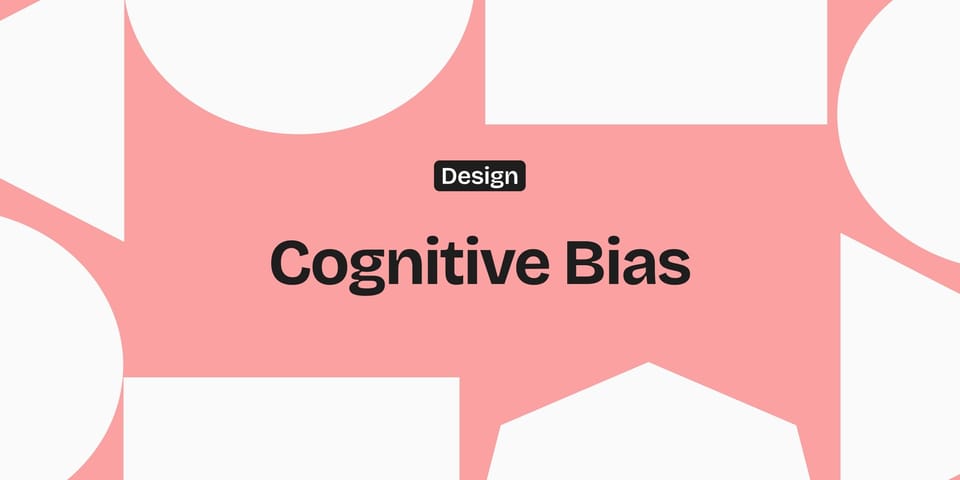How to Become a UX Designer Without a Design Degree
No design degree? No problem. Here’s a real path to break into UX, build proof-of-work, and stand out - without begging for certificates or bootcamp clout.

You're fascinated by good design. You notice when an app just makes sense. You can't use a badly designed checkout flow without mentally fixing it. And now, you're wondering: Can I become a UX designer without going to design school?
Short answer: Yes. Long answer: Yes, but it takes work, real work, not just finishing a Google certificate and hoping for the best. Becoming a UX designer without a formal degree is absolutely possible, but it means you'll have to work a little harder to prove yourself. The good news? Most of what makes a great UX designer can't be taught in a classroom anyway.
Here's how I did it (and how you can too).
1. Understand What UX Really Is
Let's get one thing straight. UX isn't about making things pretty. That's a nice side effect of good design, but it's not the point. Good UX is about how something works, how it feels to use, how intuitive and clear it is. It's about making people feel like they know exactly what to do next without having to think about it.
That comes from understanding systems. Understanding perception. It comes from knowing how to guide someone's attention, how to organize information, how to reduce friction. Yes, visual design helps - hierarchy, whitespace, contrast, typography - but it's all in service of clarity. You're not trying to impress. You're trying to communicate. The better you get at that, the better the experience becomes.
2. Go Wide First, Then Deep
You've probably heard of T-shaped skills. In UX, it's more like a survival guide. To become good at UX, you need to know a little about a lot - then go really deep in one direction. That means picking up basic programming terminology, understanding how engineers think. Knowing the difference between margin and padding, learning how to use Figma grids, grasping the power of copywriting.
You don't need to master everything. But you do need to understand the language of the people you'll collaborate with. Product managers, developers, marketers, customer support - you're the thread that connects all of them. The more you understand how their worlds work, the better you'll be at translating user needs into real features.
UX isn't just about flows and wireframes. It's about seeing the whole picture. And if you want to lead, you have to zoom out before you zoom in.
3. Forget the Certificate. Build a Body of Work.
There's nothing wrong with doing a UX course or getting a Google certificate. But if you stop there, you're not ready. Employers don't care that you watched a few videos. They want to see how you think.
That's where your portfolio comes in. Your portfolio is your proof. Don't wait to be hired - start designing today. Redesign your bank app. Rethink how the local train ticketing system could work. Create a feature that should exist on Spotify. Make it up. It doesn't matter.
What matters is how you explain your thinking. Why did you structure the flow that way? What was the user's biggest pain point? How did your solution address it? Your work should show process. Context. Trade-offs. Choices. Not just mockups and pretty screens.
Put your work on Dribbble if you want visibility. But make sure you also have your own portfolio site - one that tells your story and gives you full control.
4. Be Your Own First Client
If you're waiting for someone to hire you so you can start designing - don't. That's backward. Start designing now. The best designers I know started by solving problems around them.
Create your own portfolio site from scratch. Offer to help a friend's startup with their product. Contribute to an open-source project that needs design love. Reach out to an NGO and revamp their onboarding. Do it for free if you have to - the goal is to get real-world practice, not a paycheck.
The beauty of UX is that you don't need permission. You just need a problem to solve. And those are everywhere.
5. Keep Going When It's Boring
At some point, this will stop being exciting. You'll get stuck in yet another online course. Your Dribbble shot won't get likes. You'll send out ten applications and hear nothing back. That's normal.
The difference between people who make it and people who don't? They kept going. Even when it sucked.
UX is full of gray areas. Sometimes you won't have clear answers. Sometimes users will surprise you. Sometimes your elegant solution won't work in production. That's the job. Being a designer is about iteration. And resilience.
So when it's boring, when it's hard, when you feel like quitting - take a break, then come back and try again.
6. Read and Explore Constantly
The best designers are always learning. They're constantly collecting references, studying patterns, and asking "why did they do it like that?"
Start with these books:
- Don't Make Me Think by Steve Krug
- The Design of Everyday Things by Don Norman
- Hooked by Nir Eyal
- Lean UX by Jeff Gothelf
- 100 Things Every Designer Needs to Know About People by Susan Weinschenk
And these websites and communities:
- Nielsen Norman Group
- Smashing Magazine
- UX Collective on Medium
- r/UserExperience on Reddit
- Figma Community
Consume these like your morning coffee. But don't just read, apply. Build something small every week. Ask for feedback. Get roasted. Get better.
Final Thought
You don't need a design degree to become a UX designer. You need curiosity, discipline, and proof. You need to be a builder. A thinker. A communicator. Someone who can take a vague idea and shape it into something that works, not just something that looks good.

